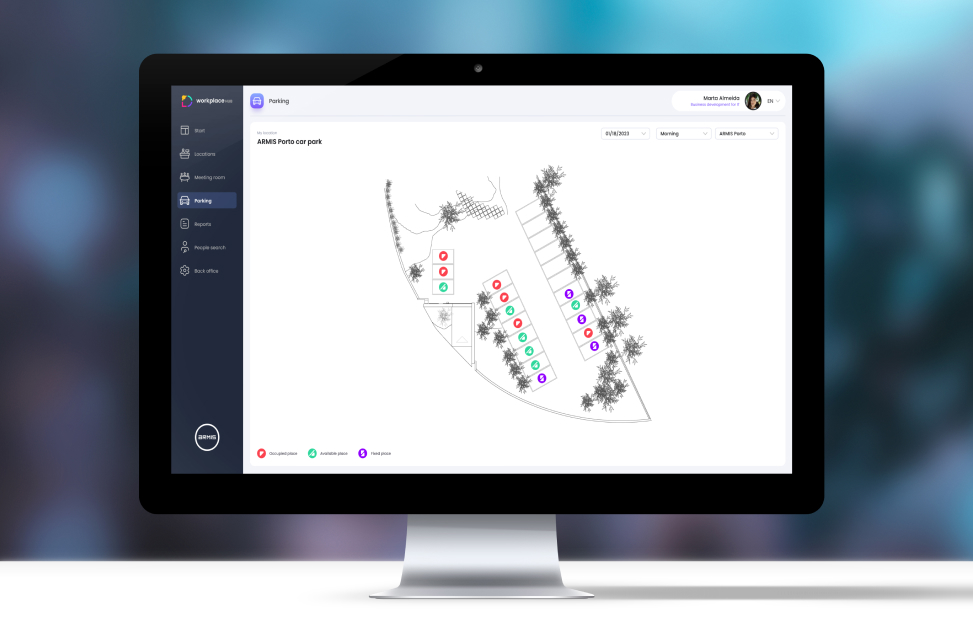
Is it possible to design a good user experience without neglecting security?
 blog
blog
Is it possible to implement security without compromising good user experience on corporate tools?
In an increasingly digital world, security has become an indispensable factor for an organization's reputation, competitiveness and trust. The successful implementation of security solutions must not impact the user experience.
Often, extreme security measures coupled with long and time-consuming authentication processes can be a hindrance to a smooth and comfortable user experience. Therefore, a balance should be created between user experience and the necessary security measures so that no one is subjected to a negative experience.
According to LastPass, 61% of people use the same password on multiple devices, violating the most important rule of security: do not reuse passwords. In addition, 81% of security breaches stem from weak passwords, and thus more easily compromised.
How high is the need to strengthen the security of user login processes, according to this information?
While the tendency is to avoid security procedures that interfere with the user's workflow and navigation, it is possible to create a balance between these two factors.
What is user experience?
User experience (UX) is what the user feels when interacting with a company through technological tools such as access to services, applications or data.
Although it is mostly associated with design, user experience should be focused primarily on usability by people and their digital interaction with the company. For this experience, the interface (graphic) is an important requirement, it should be allied to other features such as search mechanisms, among others.
Can security be in harmony with user experience?
The implementation of security features should go hand in hand with a good user experience in the digital interaction processes. Although security processes may be slightly uncomfortable for the user due to the fact that they add tasks that may increase process time, the exploitation of vulnerabilities, or other types of privacy flaws, or even information leaks will have a very relevant impact on organizations, and it is essential to spread the message that it is vital and imperative to secure corporate information.
In order to create a balance between these, we suggest two methods of quick implementation that do not compromise the user experience, and that raise the level of security of the organization in the corporate login processes:
Multi-factor authentication (MFA)
Implementing multi-factor authentication (MFA) solutions, accessible via mobile device (SMS or call) is a comfortable method to ensure a more secure authentication method. It starts from the paradigm of "Know+Have" and ensures that the user performing the login process is the user who owns the equipment that allows completing the access. In this way, the user, when entering the password, will only have to approve a notification on the mobile device, or enter a code received by SMS. This implementation greatly enhances the login processes. Even if the password is compromised, only the "owner" of the account will be able to log in.
Passwordless Authentication
The latest authentication processes suggest authentication mechanisms that are not based on a password "known" a priori by the users. By implementing passwordless authentication, users simply enter their corporate login, and access confirmation is generated by the additional factor (application code, or multiple choice based notification to allow more secure access). Passwordless authentication, like MFA supports secure access via an additional device (smartphone or tablet).
Reconcile cybersecurity and a successful UX.
Talk to us
Share this article:
Prepare your company and your employees for the future. Contact us!




